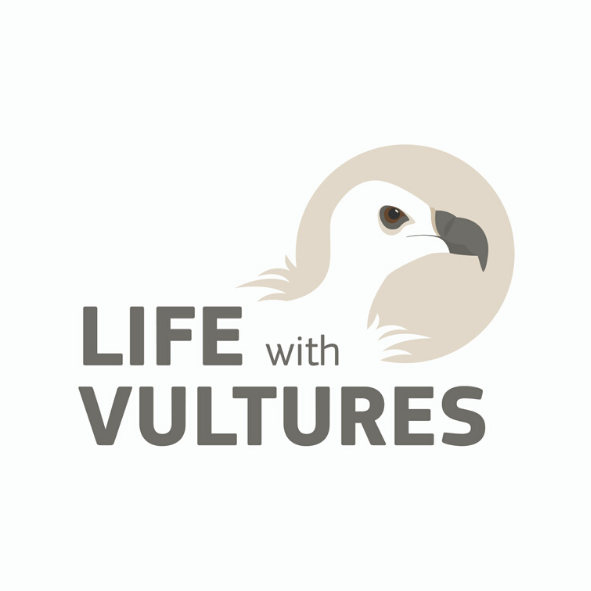
When the local population of a protected vulture species is on the brink of extinction, the rescue of just one individual can make a real difference. A recent rescue operation in the dense Paphos Forest demonstrated the importance of monitoring endangered species populations and collaborating with multiple stakeholders to ensure their survival. In this article, we share the recent efforts of the LIFE with Vultures project team and collaborators, who worked together to rescue and rehabilitate a trapped Griffon Vulture from Spain that was previously released in Cyprus to reinforce the Critically Endangered population in the country.
Griffon Vulture rescue: The power of human intervention






The LIFE with Vultures project team had been tracking the vulture with a GPS transmitter when it flew to a remote area of the dense Paphos Forest and remained in the same spot for several days. This situation was alarming as it caused concerns that the vulture might urgently need medical attention, which prompted the LIFE with Vultures project team to take action. As the field team began the rescue operation, the vulture moved to an area where the GPS transmitter could not send a signal. Despite the challenges, the team thoroughly searched the dense vegetation, which eventually led the team to the bird that was found trapped in thick foliage. The team safely retrieved the bird and transported it to the Game and Fauna Service’s rehabilitation centre. Under the expert care of vet Constantinos Antoniou, the vulture is on the road to recovery and will be released into the wild once it regains its strength.



Role of collaboration to save a critically endangered species
Saving a critically endangered species is no small feat. It takes a village to achieve success. The recent rescue operation to save the trapped Griffon Vulture in Cyprus is a testament to the power of collaboration. The Game and Fauna Service and BirdLife Cyprus took the lead in the effort, receiving support from the Vulture Conservation Foundation and even the Civil Defence, who provided vital equipment like drones and thermal cameras.
This operation highlights the critical role that collaboration plays in conservation efforts. By tracking the movements of endangered species with GPS transmitters and intervening when necessary, we can help protect them from harm and act in due time. The LIFE with Vultures project team is deeply grateful for the assistance received during this operation. It’s clear that the success of this project depends on the collaboration of partners and stakeholders alike. To save the Griffon Vulture in Cyprus, the project team strives to address the main threats like poisoning and reinforce the local population, both in terms of numbers and genes, by releasing birds from Spain into the wild.
The Griffon Vulture population in Cyprus through the years
Griffon Vultures were once so abundant in Cyprus that they were described as “flocks of sheep” in the 18th century. However, the vulture population began to decline in the 1950s due to changes in farming practices, and mass poisoning incidents in the 1980s and 1990s caused significant damage to the population.
By 2012, only 10-11 Griffon Vultures were left on the island. The import and release of 25 vultures from Crete through the ‘GYPAS Project’ between 2011-2014 helped to boost the local population. However, as of December 2019, the population was still greatly depleted, with only around 20 free-flying birds and just 1-3 nesting pairs per year, with a single colony located at the Episkopi Cliffs.
Small populations, like Cyprus’ Griffon Vulture, face a high risk of extinction due to chance events and inbreeding depression. The poisoning of vultures can be catastrophic, as sightings of 10 or more Griffon Vultures together are common in Cyprus, which means that half or more of the population may be located in the same area, and can be wiped out from one single poisoning incident.
Today, the Griffon Vulture is the only vulture species remaining in Cyprus. Even though the Griffon Vulture is the most widespread vulture across Europe, Cyprus has the smallest breeding population of this species in Europe.
The LIFE with Vultures project

LIFE with Vultures is a targeted conservation project for the protection of the Griffon Vulture in Cyprus. In this four-year endeavour (2019-2023), BirdLife Cyprus, the Game and Fauna Service, Terra Cypria – The Cyprus Conservation Foundation and the Vulture Conservation Foundation have joined forces to tackle the main threats facing the Griffon Vulture and prevent Cyprus’ most threatened bird of prey from going extinct. The project has a 1,375,861 Euro budget and is co-funded (60%) by the EU’s LIFE programme.




